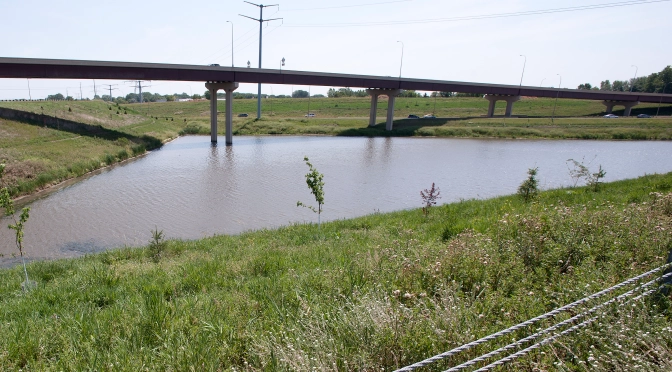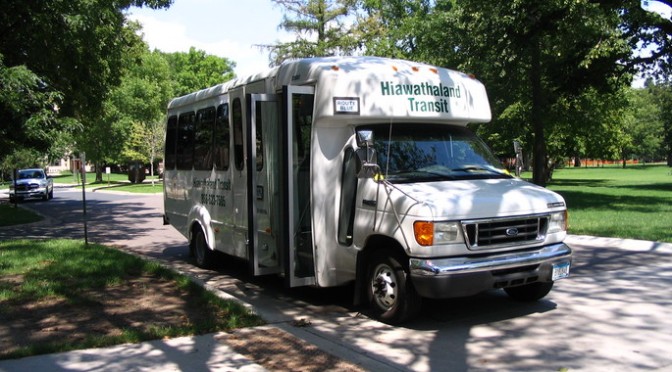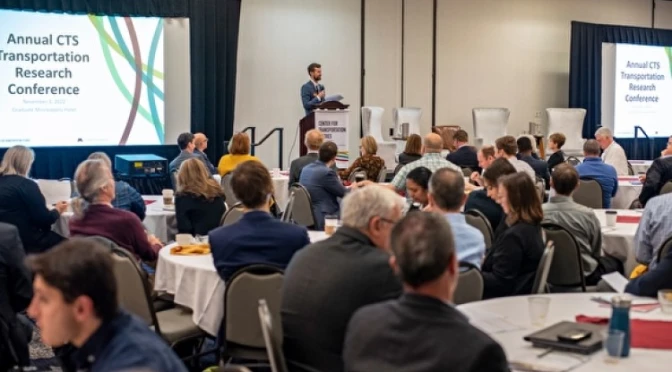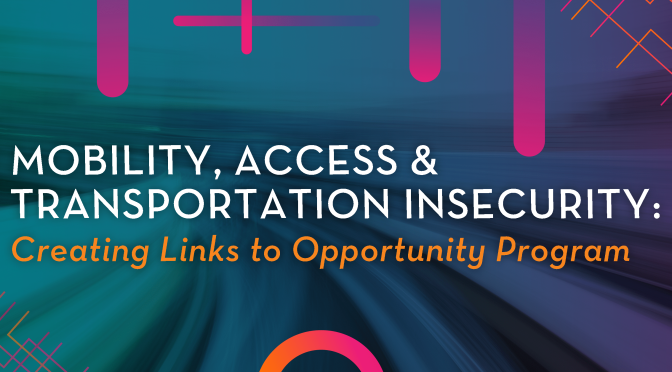Reprinted from CTS News, March 21, 2024
—Sophie Koch, contributing writer
Changing precipitation patterns caused by the onset of climate change mean that Minnesota’s stormwater management systems—the ponds, pipes, and other structures meant to control runoff in the event of a heavy rainstorm—are going to need an upgrade.
The Minnesota Department of Transportation, which manages a significant portion of Minnesota’s stormwater infrastructure, has noted that its current systems are based on pre-climate-change data. Because climate change is broadly linked to increases in extreme rain events, MnDOT sponsored a U of M study to analyze whether Minnesota’s current infrastructure is prepared for predicted changes in precipitation patterns.

Swales in the right-of-way can infiltrate stormwater runoff from roads.
“The traditional hydrologic design method of using past observed data must evolve to incorporate precipitation predictions,” says Erik Brenna, assistant state hydraulics engineer at the MnDOT Bridge Office. “We have an ethical obligation to use the best available data to provide designs benefitting the health, safety, and welfare of the traveling public.”
The first section of the study—which ran predictive models on watersheds in Duluth, Rochester, and Minneapolis—determined that precipitation volumes are likely to rise in Minnesota, and the current stormwater designs will be insufficient to control flooding.
“Designing for future potential rainfall events requires more substantial investment in stormwater control infrastructure,” says John Gulliver, a professor in the Department of Civil, Environmental, and Geo- Engineering.
With the aim of guiding these investments, the researchers analyzed potential stormwater control strategies for both performance (ability to reduce flood depth and duration) and cost. This list includes:
- Adding infiltration basins (such as rain gardens).
- Retrofitting existing ponds into “smart” ponds (which use a digital system to automatically drain water levels in response to upcoming weather events).
- Adding new stormwater ponds (both normal and smart).
- Enlarging stormwater pipes to convey more water.
Infiltration basins proved good at handling the more common, low-volume rain events that the models predicted. However, higher-volume “100-year storms” need more capacity. For this, the researchers recommend adding new ponds, since this strategy threads the needle between performance and cost.

Rain gardens, or infiltration basins, can be included in new and existing development. Planted with deep-rooted vegetation, these areas can accommodate a significant amount of rainfall.
Converting normal ponds into smart ponds, by contrast, was cheaper but less effective, and enlarging stormwater pipes tended to simply move flood problems downstream rather than solving them.
The main drawback to adding ponds, Gulliver says, is that ponds require a lot of land, which might be particularly difficult and costly to access in highly developed areas like Minneapolis.
However, the researchers point out that doing nothing might be even more costly in the long run, citing the 2012 storm in Duluth that caused over $100 million in damage, $20 million of which was to MnDOT infrastructure.
“While preventing all damage from extreme events may be infeasible, minimizing impacts through cost-effective adaptation strategies can save millions of dollars,” Gulliver says.









